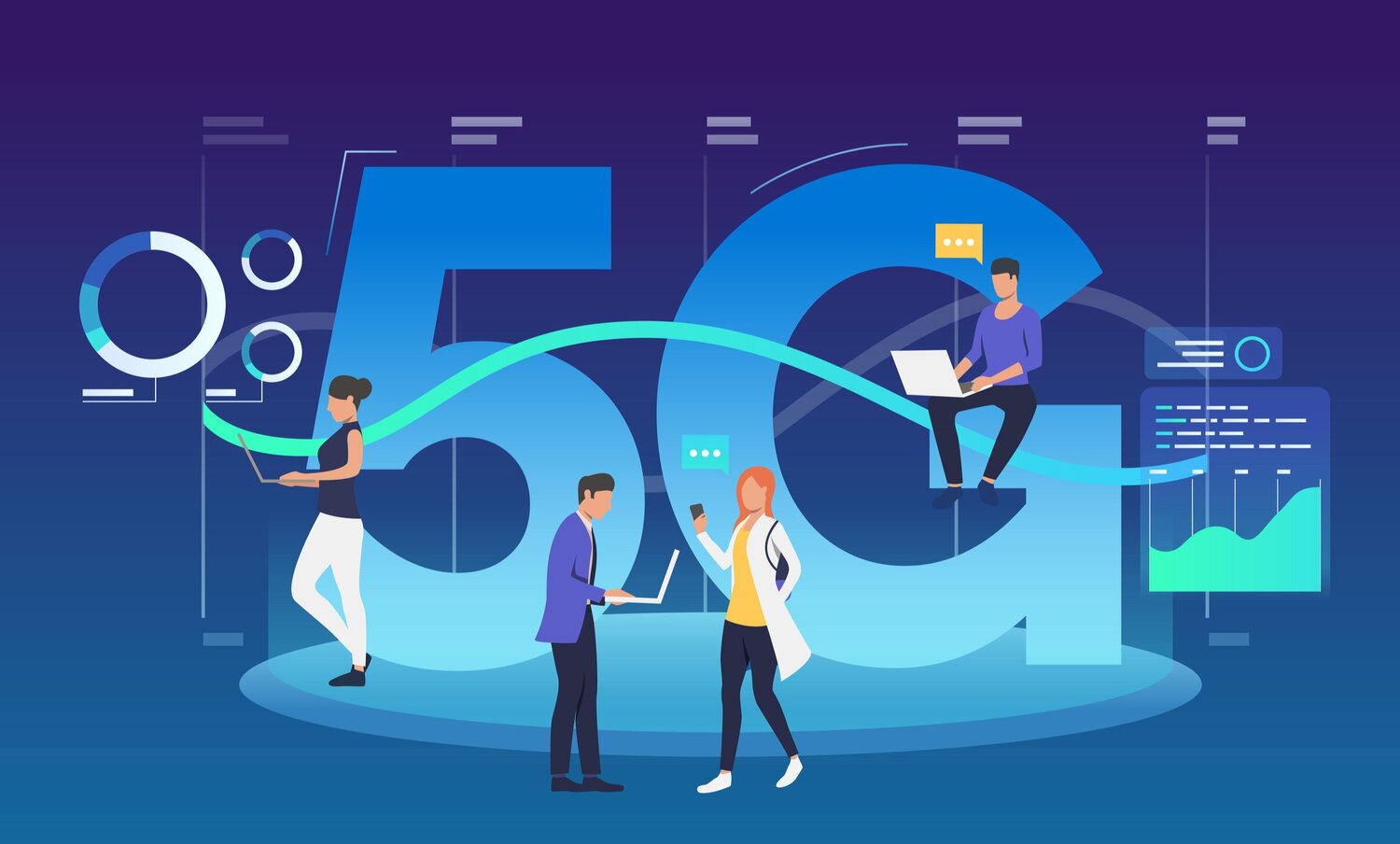Let’s see how it is going to affect the app development sector.
1. Increased Speed
The ultimate goal of 5G technology is to provide seamless, ultra-fast cellular communication. Intel estimates that it will be roughly 100 times faster than current 4G services. Because 5G promises rates of 50 Mbit/s to more than 2 Gbit/s and beyond, transmitting large amounts of content will become routine.
2. Low Latency
Presently, 4G technology typically exhibits a delay of 50 ms. While 5G anticipates reducing latency to 1 ms. URLLC will allow for seamless, real-time data transit with little latency. Mobile applications have the potential to function smoothly and give a better customer experience than before as a result of reduced connection and fewer other obstacles.
3. Enhanced Connection Density
While 4G can only handle 2,000 connections in a 0.38 square mile area, 5G hopes to support millions. Because of its high data transfer rates and minimal latency, 5G will be the incubator for cutting-edge Internet of Things (IoT) programs. That is to say, a brand-new window of possibility for application developers to get the necessary training to meet the anticipated needs of the future.
4. More capacity
In densely crowded areas, one of the most important functions of service providers is to ensure constant connection. Where does 5G come in? Fifth-generation technology will need expanded capacity for regional firms, in addition to faster speeds and more reliable connections. As the number of connected devices that use sensors, machinery, and equipment for comparable data transmission grows, users will benefit from strong optimization of internet traffic and smooth management of usage swings.
5. Powerful video apps
As a result, more and more companies are investing in online broadcasts, 4K HD, and 360-degree experiences to connect with their target audiences. Companies will be incentivized to create higher-quality video applications if they have access to features like higher resolution video, lower latency, quicker downloading and uploading speeds, and smoother functionality.
Conclusion
The ultimate goal of introducing 5G technology was to revolutionize the cellular and telecommunications sectors. It’s true that 5G is still sitting in the pipeline, but developers for iOS and Android should start learning new skills now in order to be ready for the technological requirements and rapid mass acceptance that will inevitably come with it. There is still much to learn about 5G and how it will affect the world, but it may be put to good use with sufficient assets in the digital world if it is to succeed in its mission to provide high-quality user experiences.

